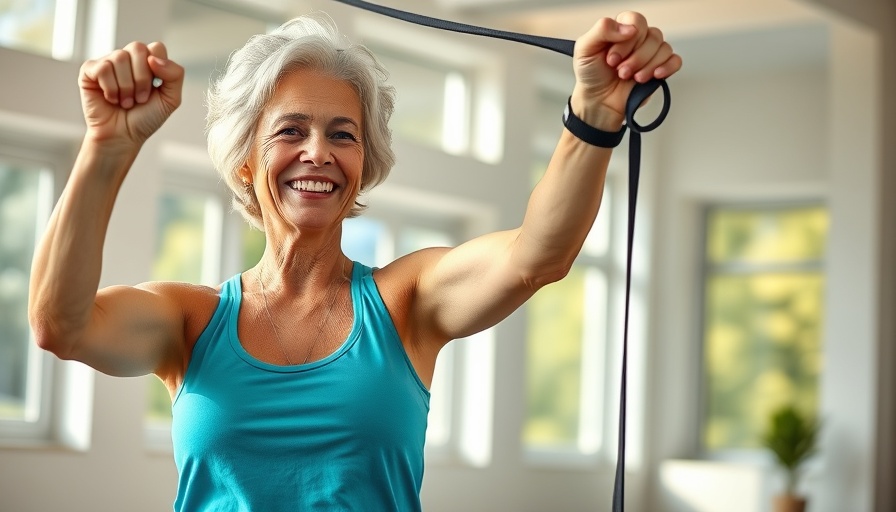
Embracing Movement: Why Gentle Workouts are Key After 50
As we move into our 50s and beyond, remaining active becomes more important than ever. Gentle workouts specifically designed for women over 50 offer a unique opportunity to enhance our strength, mobility, and overall well-being without overwhelming our bodies. Different from high-intensity training, these routines help you stay strong and resilient, focusing instead on being effective while minimizing potential strain.
Gentle Doesn’t Mean Easy: The Effectiveness of Low-Impact Training
Many might associate “gentle” workouts with ease, but they are anything but ineffective. Gentle routines integrate low-impact exercises that foster strength while protecting joints, making them ideal for women navigating the natural aging process. Trainers emphasize that this kind of fitness approach preserves lean muscle and enhances overall body function, which are essential as muscle mass tends to decrease with age.
Understanding the Body: Benefits of Gentle Movement
Working with the body instead of against it enables older adults to:
- Maintain Lean Muscle: By focusing on low-impact exercises, women can sustain muscle mass without the fatigue that comes from high-impact workouts.
- Enhance Joint Health: Gentle movements increase flexibility, reducing stiffness and keeping joints functioning smoothly.
- Boost Energy Levels: Unlike traditional workouts that might leave you feeling drained, gentle routines leave you energized and ready for daily activities.
- Improve Balance and Stability: Functional movements encourage coordination, crucial for preventing falls.
- Minimize Injury Risks: Controlled workouts allow for precise movements, significantly reducing overuse and other injuries.
A Practical Approach: The Gentle Strength & Stability Circuit
This easy-to-follow routine requires minimal equipment and can be done at home, making it accessible for everyone. With just a light resistance band and a mini-loop band, you can engage in a beneficial workout that takes about 20 minutes:
- Bodyweight Squats (45 seconds)
- Band Pull-Aparts (45 seconds)
- Mini-Band Lateral Walks (45 seconds)
- Plank Hold (30 seconds)
Rest for 30 seconds after completing all four exercises, then repeat for 2 to 3 rounds. This routine emphasizes maintaining control and proper form, ensuring both safety and effectiveness.
Future Focus: Staying Committed and Active
Consistency is key in any fitness journey. The more often you engage in gentle workouts, the more benefits you will experience over time. Building a routine of short sessions that prioritize movement quality fosters a lifestyle of health and strength. Moreover, these workouts prepare your body for daily tasks, making activities like lifting groceries and playing with grandkids easier and more enjoyable.
Looking Ahead: Embracing a Healthy Lifestyle at Every Age
As women enter this exciting stage of life, focusing on health and fitness is paramount. Embracing gentle workouts can profoundly improve quality of life, opening doors to new possibilities and experiences. Remember, staying fit doesn’t require extreme workouts—gentle, effective exercises make all the difference.
So why not start today? Incorporate these gentle routines into your life and embrace the strength and energy that follow!
 Add Row
Add Row  Add
Add 







Write A Comment